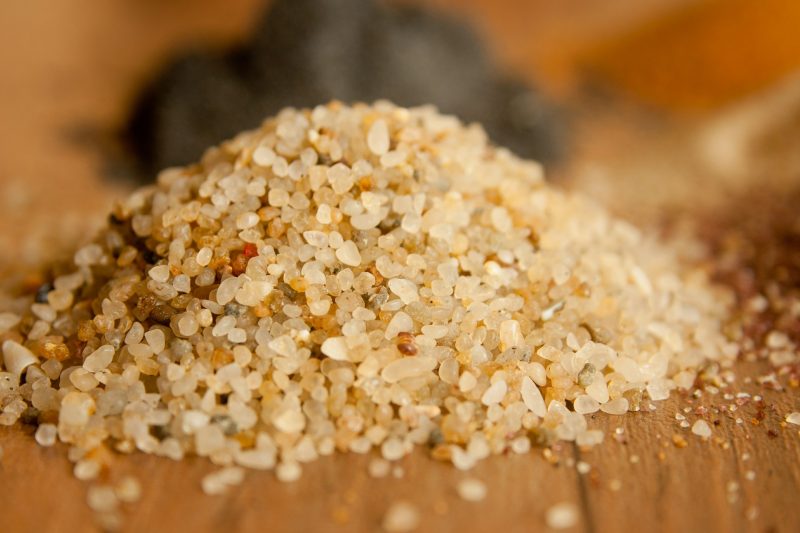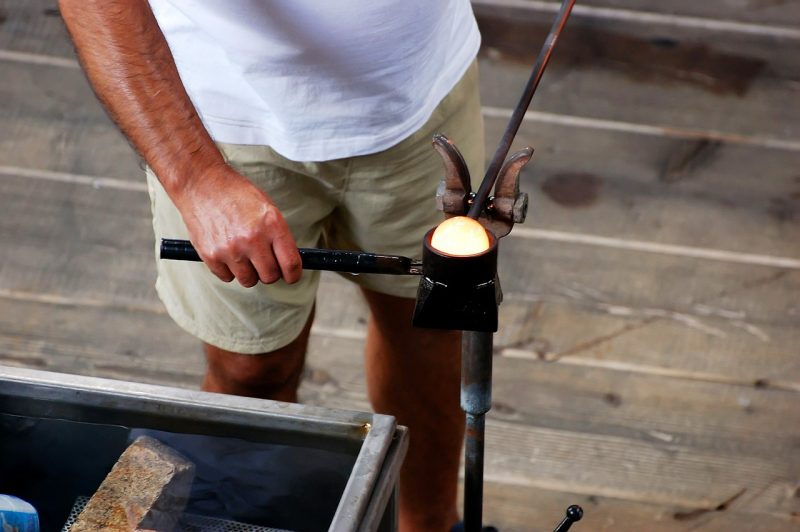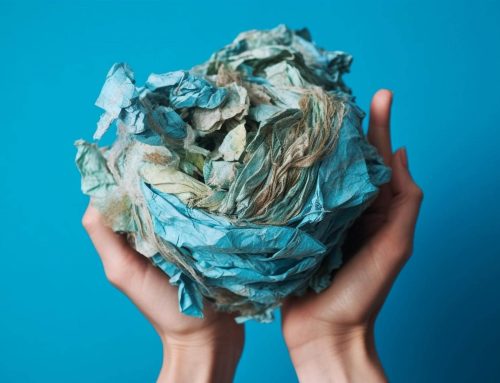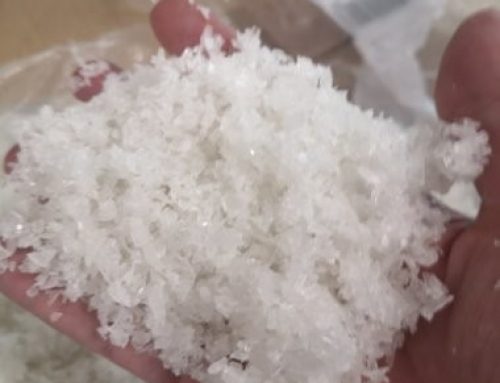11 April 2022
The main component of flat glass is silica sand (SiO2). Its melting point is in the 1700°C and its consistency at this temperature is similar to that of liquid honey. The crystalline structure of silicon has the form of a tetrahedron, at the centre of which there is a silicon atom, connected symmetrically to the four vertices of oxygen atoms: the chemical formula is therefore SiO4 and has a negative charge.

By cooling the molten silica quickly, a random structure of tetrahedra forms, joined together at the corners, which gives rise to an amorphous material, known as vitreous silica.
For practical and economic reasons, the melting point and viscosity of silica must be reduced to allow industrial glass production.

The raw materials used therefore mainly perform four functions:
- Melting: they enable the melting of glass at temperatures achievable in industrial furnaces by lowering the melting point from approximately 1700 C to 1550 C. (sodium carbonate or Solvay Na2CO3 soda; K2CO3 potassium carbonate);
- Stabilisers: make the glass unalterable and resistant to atmospheric and chemical agents (CaCO3 calcium carbonate; dolomite MgCa(CO3)2);
- Vitrifiers: substances which are transformed by the simple action of heat from crystalline form to glass, amorphous form (silica SiO2; boric anhydride B2O3; phosphoric anhydride P4O10);
- Refiners: They facilitate the refinement of the glass, helping the mass of non-homogeneous molten glass and charged with gaseous bubbles produced by melting, to transform into a clear, transparent, and homogeneous fluid (sodium sulphate Na2SO4).





Leave A Comment